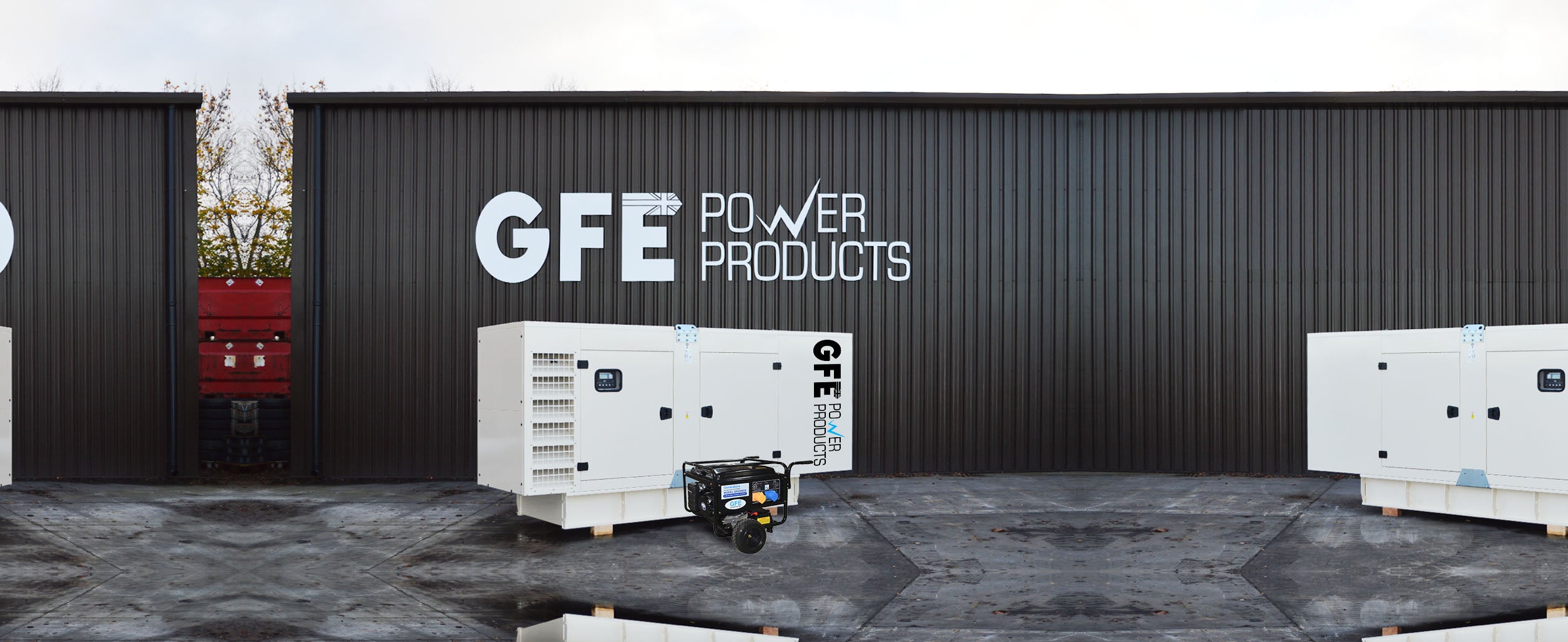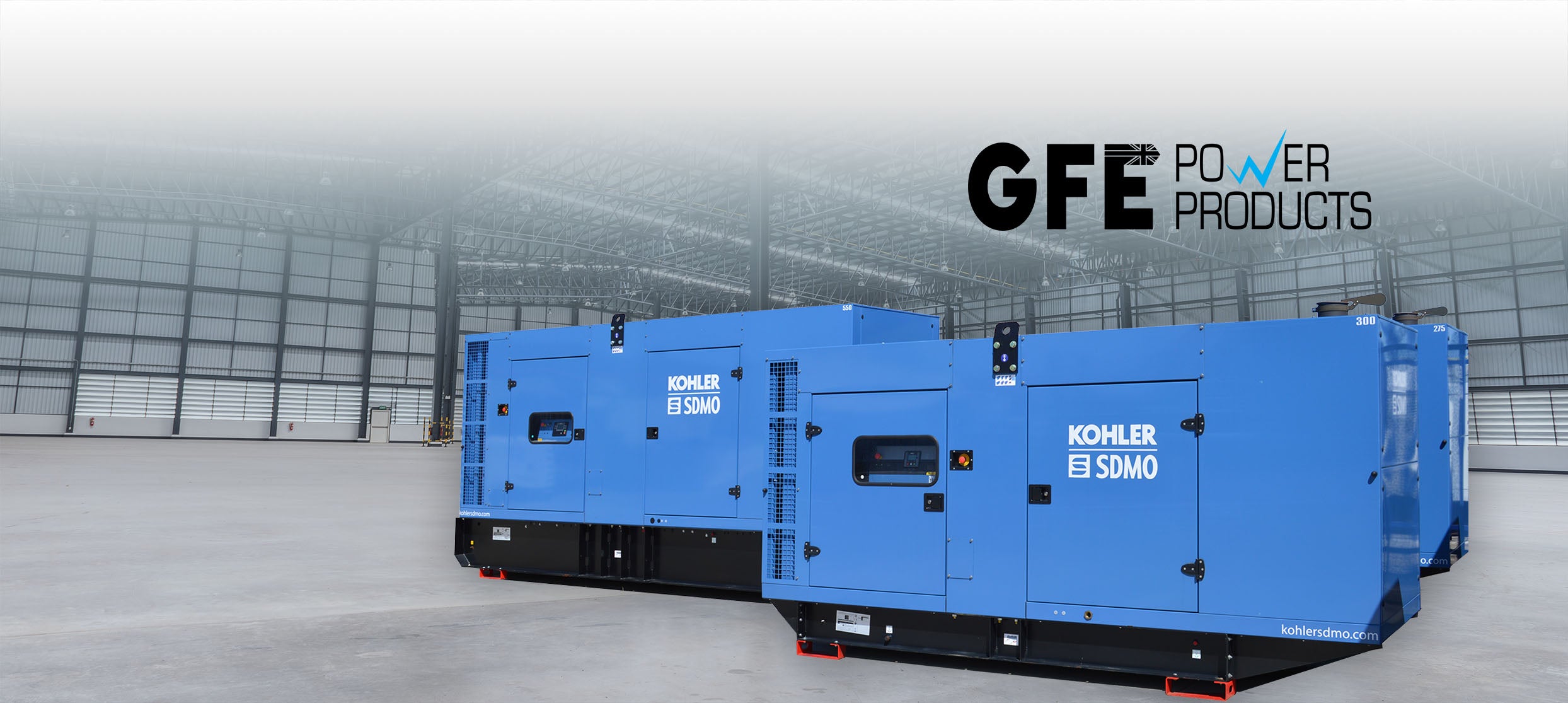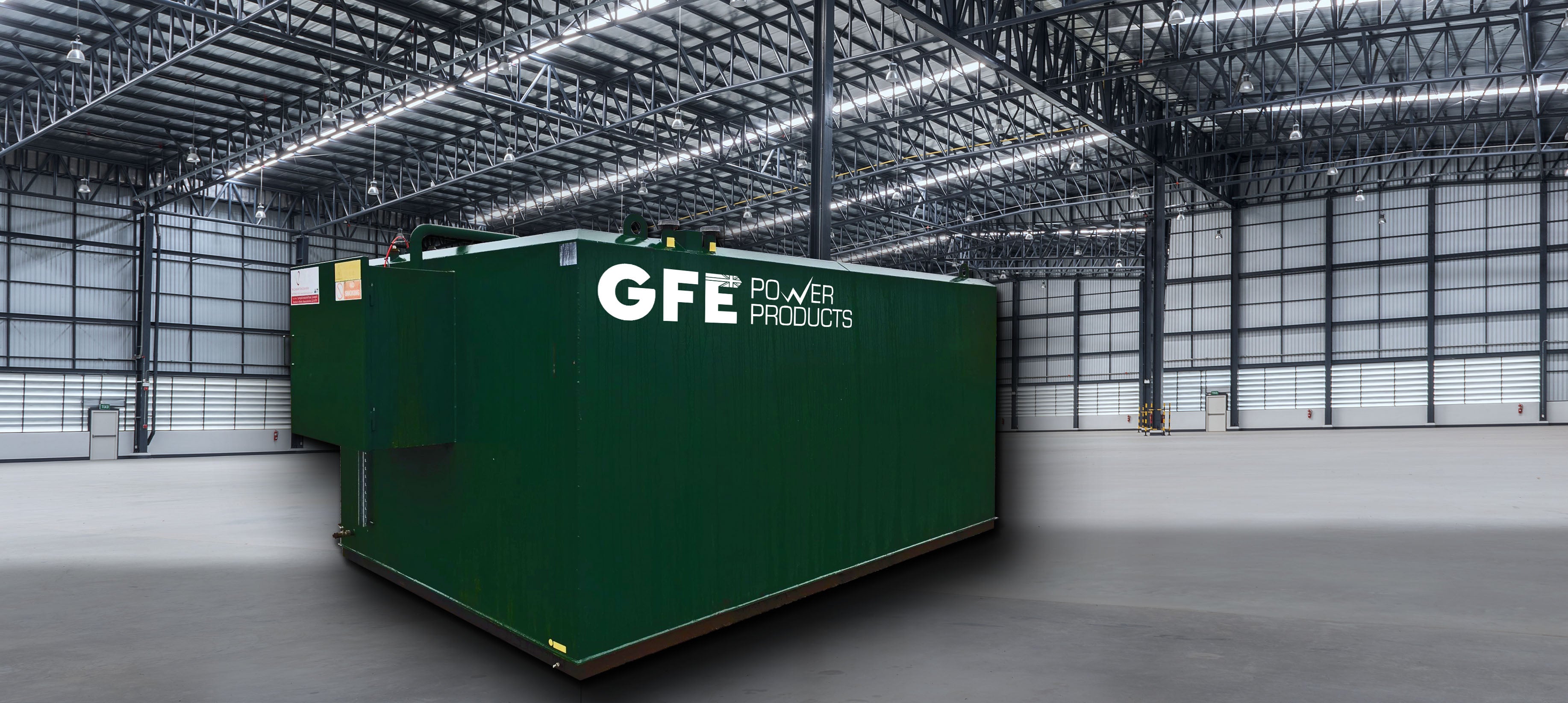
What Is The Difference Between A Single-Phase And A 3-Phase Generator?
Single-phase generators
A single phase generator is an alternating electrical current that produces a single, continuously alternating current.
In general, single-phase diesel generators are designed for homes and businesses that need a backup system to provide energy in the event of a mains failure. Normally working for a few hours as the blackout is not supposed to last long due to the existence of a robust electrical network.

3-phase generators
A 3-phase generator is a type of electrical generator that produces three alternating currents of different phases. Each phase is offset from each other by one-third of a cycle. The three-phase system delivers three times the power of a single phase.
3-phase generators are significantly more powerful than their single-phase counterparts. The continuous 3-phase cycle uses those three conductors to give the generator a higher power factor, making 3-phase models ideal for large applications like powering industrial machinery.
3-phase power is most commonly used at commercial or professional sites and is recommended where a larger output is required. These units are less expensive to operate than single-phase power units.

Have a look at our incredibly popular range of three phase GFE Perkins Powered Diesel Generators



